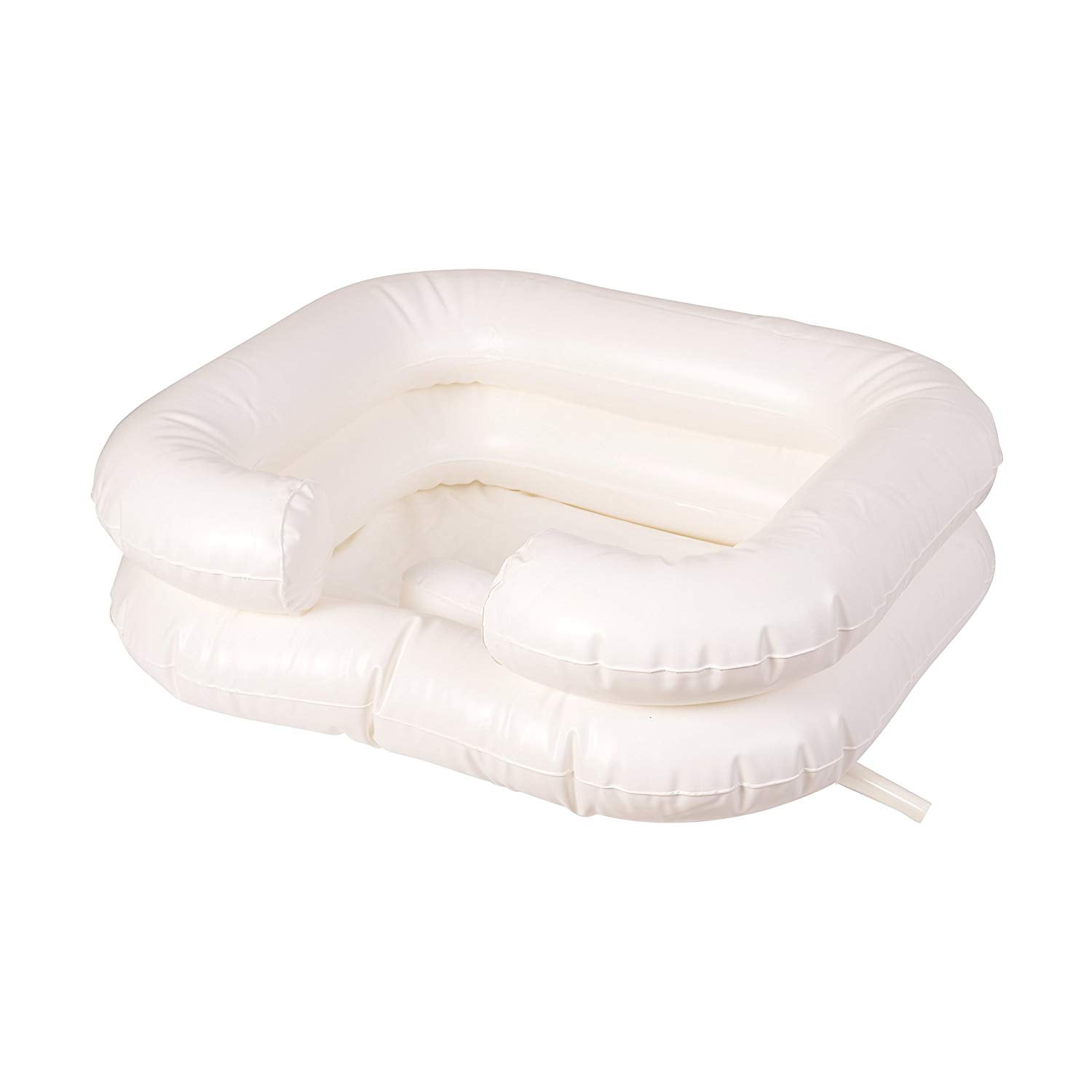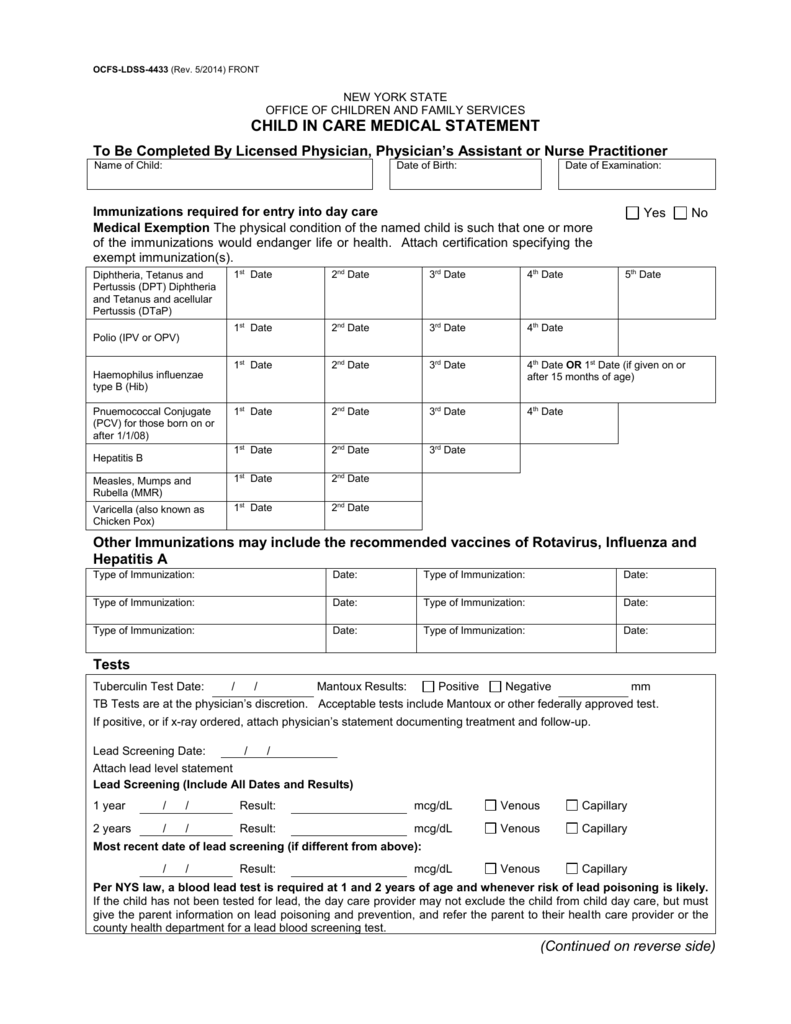Family structure in canada
Family Structure In Canada. Census family is defined as a married couple and the children, if any, of either and/or both spouses; This alberta official statistic compares the family structure of canadian census families in all provinces and territories for the 2011 census year. The size of canadian families is decreasing. The snapshot statscan took on may 15, 2001, brought other members of.
 Proportion of families with children living at home by family structure From cichprofile.ca
Proportion of families with children living at home by family structure From cichprofile.ca
Some include and mother and a father, others extended family and more. They range in complexity and are available for various levels of geography. Census family structure refers to the combination of relatives that comprise a census family. And, in the case of economic families,. They are often assigned to identify the general family structure, but also the gender of the people in the family. The word family is not only used to refer to father, mother, and children.
This standard was replaced by the �census family structure of census family� as of november 16, 2015.
Legally married spouses or common law partners; Some include and mother and a father, others extended family and more. Families in canada have changed as time has progressed. The number of families in canada grew by 6.8% between 1996 and 2001. And, in the case of economic families,. Although divorce rates are high, the institution of marriage is still dominant and highly valued in canada.
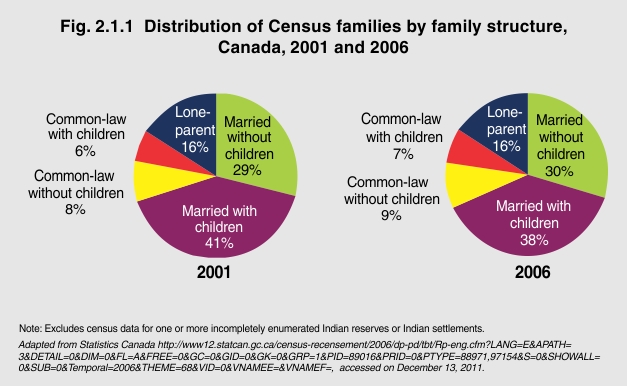 Source: cichprofile.ca
Source: cichprofile.ca
A family can be defined as a group of people who are related. Distribution (number and percentage) and percentage change of census families by family structure, canada, 2001 to 2011. The canadian family has, is and will face different types of challenges in the future. The changing face of canadian families. The share of children in 2014 in sweden, by family type and background;
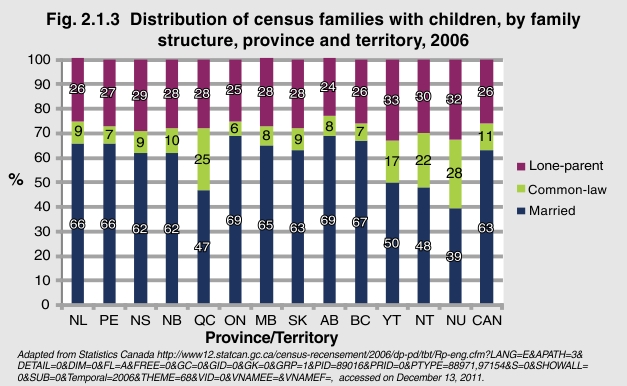 Source: cichprofile.ca
Source: cichprofile.ca
The size of canadian families is decreasing. Family structure refers to the combination of relatives that comprise a family. Some include and mother and a father, others extended family and more. Data tables are also available to browse by variable. The canadian family has, is and will face different types of challenges in the future.
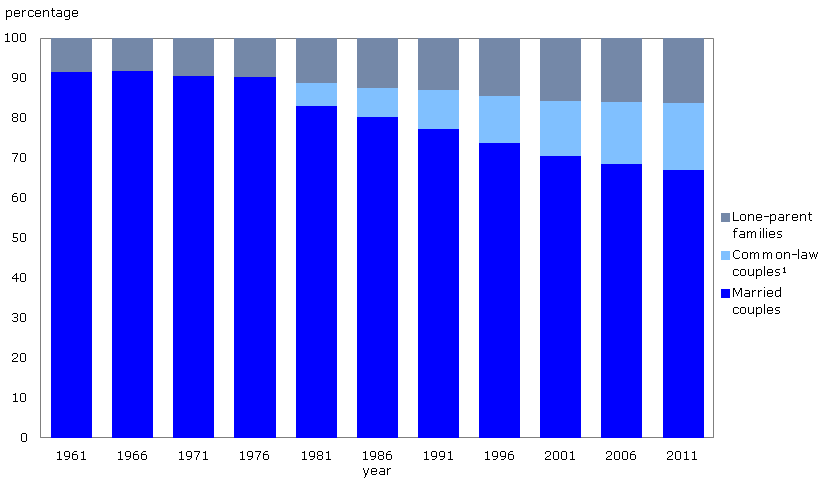 Source: www12.statcan.gc.ca
Source: www12.statcan.gc.ca
This statistic shows the total number of families in canada from 2006 to 2021. This better reflects the situation within the household. The changing face of canadian families. This statistic shows the total number of families in canada from 2006 to 2021. Statistics record more complexity and definitely more diversity in the modern canada.
 Source: vanierinstitute.ca
Source: vanierinstitute.ca
The share of children in 2014 in sweden, by family type and background; Canadian families are also becoming more diverse. It has since dropped to 2.9 due to radical changes experienced. People are related in many other ways. Census family structure refers to the combination of relatives that comprise a census family.
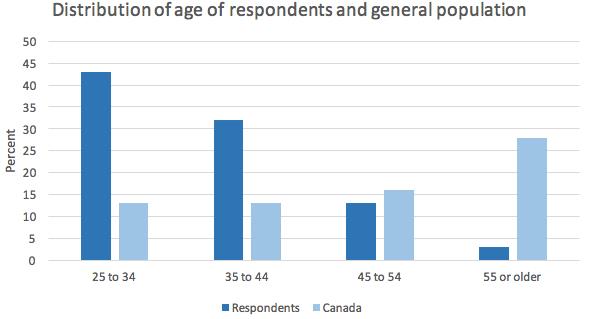 Source: vanierinstitute.ca
Source: vanierinstitute.ca
This alberta official statistic compares the family structure of canadian census families in all provinces and territories for the 2011 census year. They are often assigned to identify the general family structure, but also the gender of the people in the family. The number of families in canada grew by 6.8% between 1996 and 2001. The average size of a family was 3.9 in 1961. This statistic shows the total number of families in canada from 2006 to 2021.
 Source: www150.statcan.gc.ca
Source: www150.statcan.gc.ca
People are related in many other ways. In 2001, average family size was 3.0 persons, down from 3.1 in 1991, and 3.7 in 1971. Here are 7 types of family structure. Family structure refers to the combination of relatives that comprise a family. It has since dropped to 2.9 due to radical changes experienced.
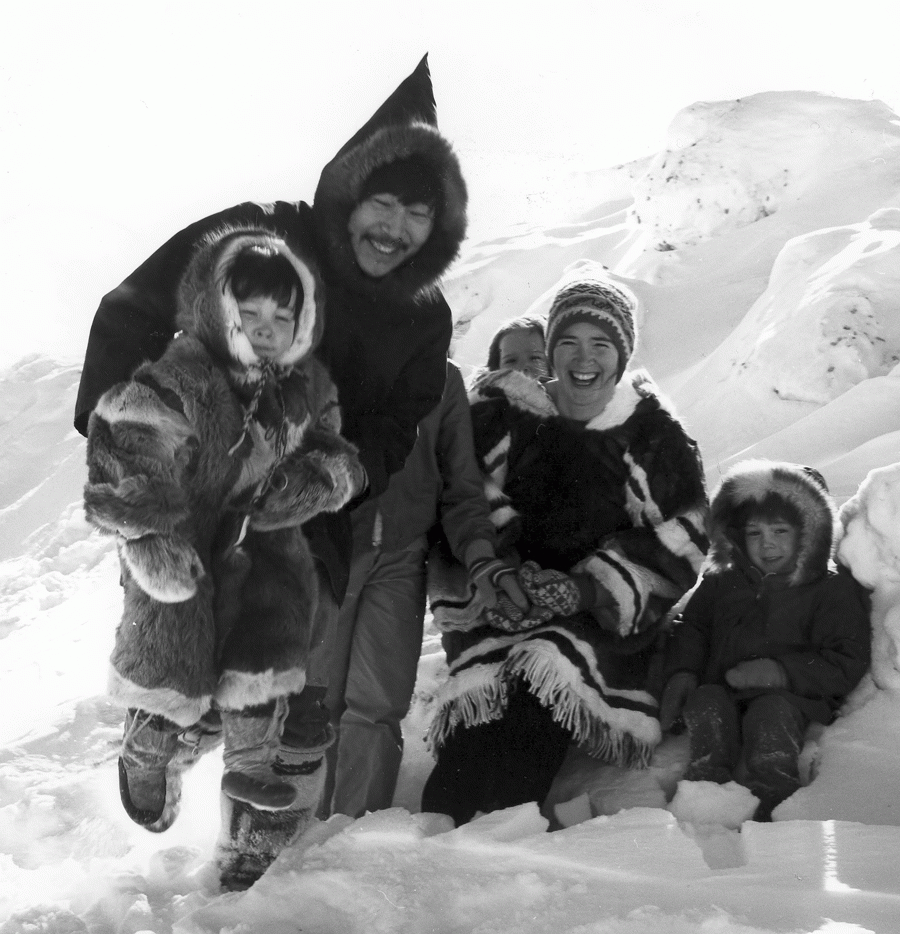 Source: indigenouspeoplesatlasofcanada.ca
Source: indigenouspeoplesatlasofcanada.ca
The main roles in a family known or assumed are the ones of the father, mother, daughter, son, uncle, aunt, grandfather and grandmother. Although divorce rates are high, the institution of marriage is still dominant and highly valued in canada. The snapshot statscan took on may 15, 2001, brought other members of. The changing face of canadian families. They range in complexity and are available for various levels of geography.
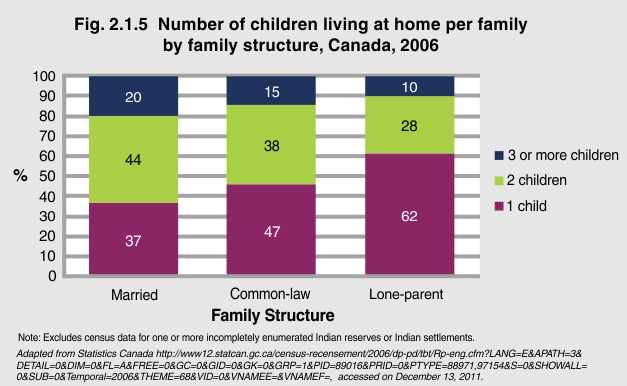 Source: cichprofile.ca
Source: cichprofile.ca
Even as the family is changing, young adults seem more eager than ever to cling to it. Dawson 2006).demographic studies have highlighted the. They range in complexity and are available for various levels of geography. A couple living common law. In 2001, average family size was 3.0 persons, down from 3.1 in 1991, and 3.7 in 1971.
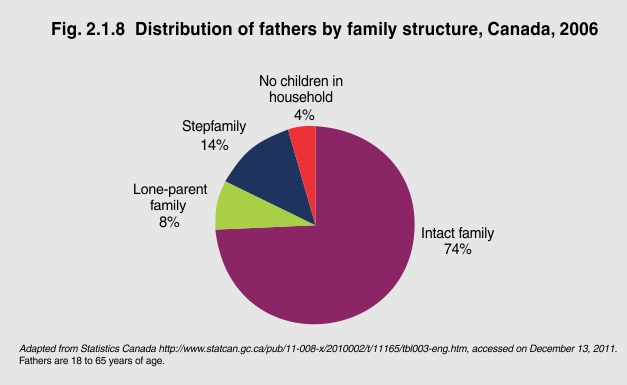 Source: cichprofile.ca
Source: cichprofile.ca
People are related in many other ways. They range in complexity and are available for various levels of geography. In 2016, the reference person is always a census family reference person within the economic family (where applicable). The size of canadian families is decreasing. This better reflects the situation within the household.
 Source: www12.statcan.gc.ca
Source: www12.statcan.gc.ca
The main roles in a family known or assumed are the ones of the father, mother, daughter, son, uncle, aunt, grandfather and grandmother. People are related in many other ways. In 1981, only 27 per cent of young adults remained at home; Legally married spouses or common law partners; In this time period the canadian family has faced a number of challenges.
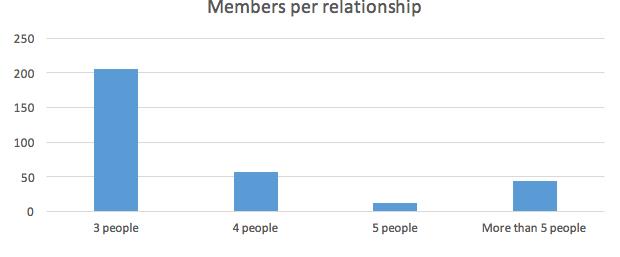 Source: vanierinstitute.ca
Source: vanierinstitute.ca
The canadian family has, is and will face different types of challenges in the future. The number of families in canada grew by 6.8% between 1996 and 2001. The changing face of canadian families. They range in complexity and are available for various levels of geography. A couple living common law.
 Source: issuu.com
Source: issuu.com
Nunavut had the largest average family size, at 4.4 persons. Even as the family is changing, young adults seem more eager than ever to cling to it. In 1981, only 27 per cent of young adults remained at home; In 2016, the reference person is always a census family reference person within the economic family (where applicable). Distribution (number and percentage) and percentage change of census families by family structure, canada, 2001 to 2011.
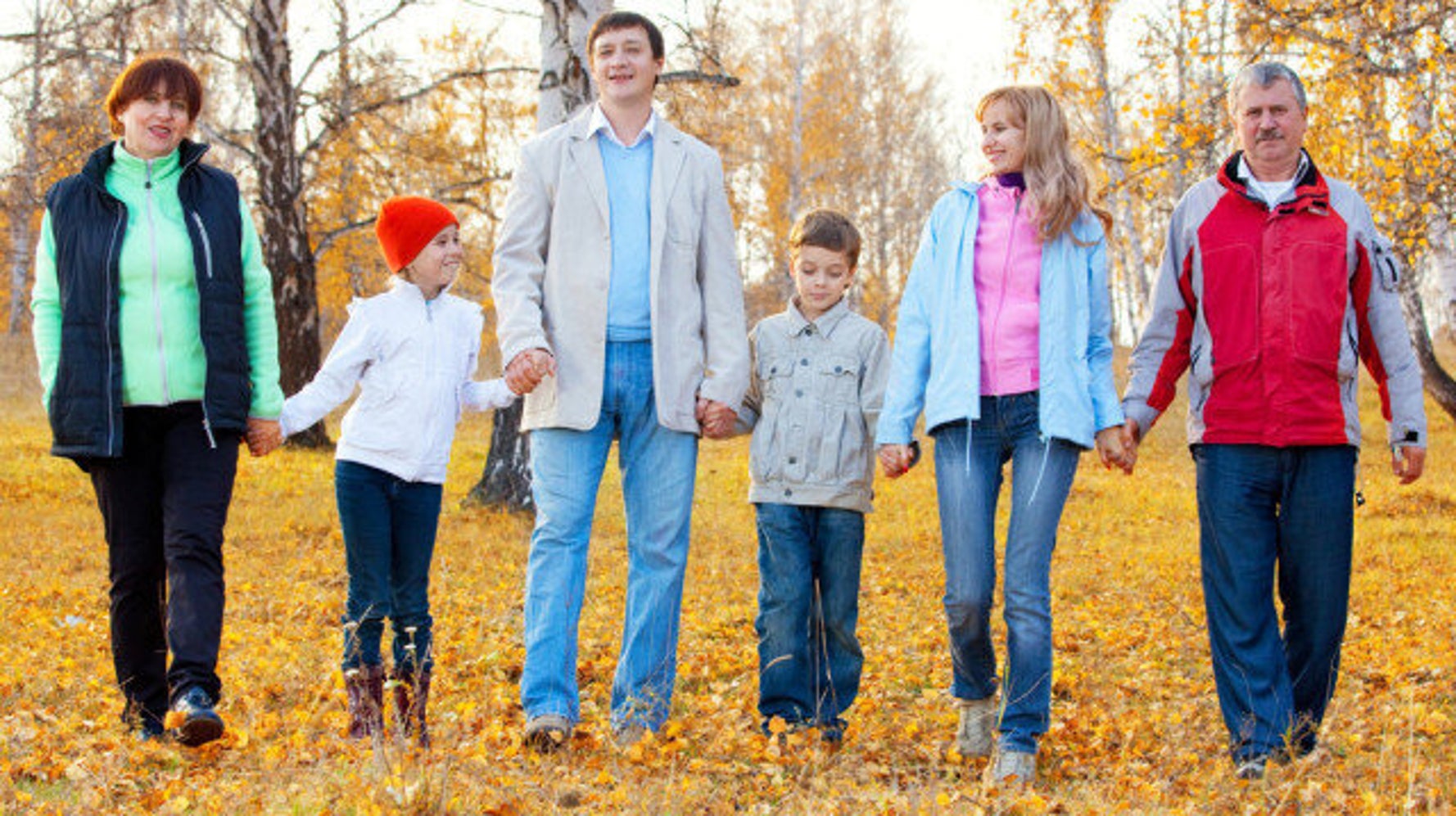 Source: huffingtonpost.ca
Source: huffingtonpost.ca
Families in canada have changed as time has progressed. Family structure refers to the combination of relatives that comprise a family. The number of families in canada grew by 6.8% between 1996 and 2001. The main roles in a family known or assumed are the ones of the father, mother, daughter, son, uncle, aunt, grandfather and grandmother. Projections estimate about 35% to 42% of marriages end in divorce.
 Source: youtube.com
Source: youtube.com
The average size of a family was 3.9 in 1961. In 1991, 33 per cent. The changing face of canadian families. Dawson 2006).demographic studies have highlighted the. This standard was replaced by the �census family structure of census family� as of november 16, 2015.
 Source: cichprofile.ca
Source: cichprofile.ca
Projections estimate about 35% to 42% of marriages end in divorce. And, in the case of economic families,. Census family is defined as a married couple and the children, if any, of either and/or both spouses; Even as the family is changing, young adults seem more eager than ever to cling to it. The main roles in a family known or assumed are the ones of the father, mother, daughter, son, uncle, aunt, grandfather and grandmother.
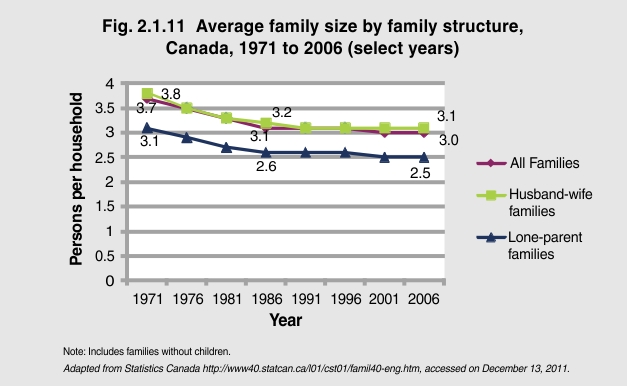 Source: cichprofile.ca
Source: cichprofile.ca
The snapshot statscan took on may 15, 2001, brought other members of. The size of canadian families is decreasing. Published by statista research department , jan 7, 2022. Anthropological and sociologic research shows that the family is at the heart of the history, culture, and social organization of indigenous peoples in canada, footnote 1 and that families play a pivotal role in their vision of healthy communities and vibrant citizenship (peers and brown 1999; This better reflects the situation within the household.
 Source: cichprofile.ca
Source: cichprofile.ca
In 1981, only 27 per cent of young adults remained at home; Family structure refers to the combination of relatives that comprise a family. Canadian families are also becoming more diverse. In 2016, the reference person is always a census family reference person within the economic family (where applicable). Some include and mother and a father, others extended family and more.
 Source: chegg.com
Source: chegg.com
The main roles in a family known or assumed are the ones of the father, mother, daughter, son, uncle, aunt, grandfather and grandmother. The changing face of canadian families. The last two decades have seen rapid change in canadian families, with a trend towards increasing diversity of family structures. Projections estimate about 35% to 42% of marriages end in divorce. Anthropological and sociologic research shows that the family is at the heart of the history, culture, and social organization of indigenous peoples in canada, footnote 1 and that families play a pivotal role in their vision of healthy communities and vibrant citizenship (peers and brown 1999;
If you find this site value, please support us by sharing this posts to your preference social media accounts like Facebook, Instagram and so on or you can also bookmark this blog page with the title family structure in canada by using Ctrl + D for devices a laptop with a Windows operating system or Command + D for laptops with an Apple operating system. If you use a smartphone, you can also use the drawer menu of the browser you are using. Whether it’s a Windows, Mac, iOS or Android operating system, you will still be able to bookmark this website.



